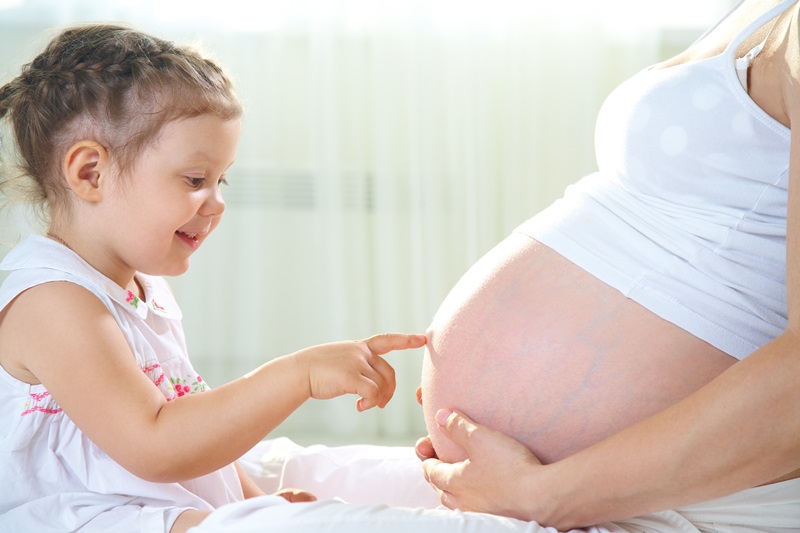Vaginal Candidiasis
By Dr Lim Lei Jun
Consultant Obstetrician & Gynaecologist
MBBS (Manipal, India)
MRCOG (UK)
Sunway Medical Centre
1. What is vaginal candidiasis?
Vaginal candidiasis is a common vaginal infection. It is more common in pregnancy. It is also known as monilial vaginitis , yeast infection or thrush. It is caused by a kind of fungus in the Candida family, most commonly Candidia albicans.
2. How did I get candidiasis?
We all carry the fungus on and in our bodies. It is a commensal, which means it is a normal part of our digestive system as well as in the vagina. Usually, it lives harmlessly in the vagina because good bacteria like acidophilus keep it in check. Therefore, one won’t know if one is carrying it.
Candida only becomes a problem when there is an imbalance between the fungus and the bacteria that live in our bodies.
You’re more likely to get vaginal candidasis if
- You’re pregnant. During pregnancy, the vagina is rich in a sugar called glycogen whish help candida thrive.
- You wear tight or synthetic clothing, such as tights and nylon underwear. These create the warmth and lack of air that encourage candida to flourish.
- You use perfumed bubble bath or scented panty liners that may cause irritation.
- You’ve taken antibiotics. They can affect the balance of good and bad micro-organisms in your gut.
- You’ve diabetes or gestational diabetes which isn’t well controlled.
Although vaginal candidiasis isn’t defined as a sexually transmitted disease, you can develop it after you’ve had sex with someone who is infected.
3. How will I know if I have vaginal candidiasis?
It is normal to have more vaginal discharge when you are pregnant. A healthy vaginal discharge is thin and milky in colour. However, you may have vaginal candidiasis if
- Itchiness, irritation, soreness, burning and redness in the vagina and labia. Sometimes, there may be swelling too.
- Vaginal discharge that is odorless, often thick, white, creamy or cottage- cheesy.
- Discomfort or pain during sex.
- Burning sensation during urination, especially when urine comes in contact with the irritated genitals.
4. What should I do if I think I have vaginal candidiasis?
If you think you have an infection, it is important that you seek advice from your doctor. Do not suffer in silence. Your doctor may take a look at the area around the vagina to confirm the diagnosis and to exclude other problems that may be causing your symptoms. Sometimes, a vaginal swab may be taken and sent for testing in the laboratory.
Your doctor may prescribe antifungal pessaries and creams that are suitable for your stage of pregnancy. You may need a full 5-7 days course of treatment to clear the infection properly. It is preferably to insert pessaries at bedtime so it won’t leak out. You may be given an applicator for inserting them into vagina, take care not to put pressure on your cervix. You may prefer to gently put the pessary in place using your fingers. It is also helpful to apply antifungal cream to the area just outside of your vagina.
It may take a few days of treatment before you begin to feel some relief. Meanwhile, you can soothe the itching with an ice pack or by soaking in a cool bath for ten minutes.
If you find the medication irritating or it doesn’t seem to be working, let your doctor know. Your doctor may switch you to another topical drug.
Vaginal candidiasis may be difficult to clear up during pregnancy. Do not take oral antifungal treatment some of the medication may not be safe during pregnancy.
Although antifungal medication is available over the counter, it is not a good idea to treat yourself without seeing a doctor. Your symptoms may be caused by other problems, such as sexually transmitted infections instead of or along with candidiasis. Studies show that the vast majority of women who treated themselves for presumed yeast infection missed the real cause. As a result, they often delay getting proper treatment.
5. Will vaginal candidiasis affect my baby?
No, a yeast infection won’t hurt or affect your developing baby. If you have an infection when you go into labour, there is small chance that your baby will catch the infection as he/she passes through your vagina on the way into the world.
If you newborn baby has thrush, you will see white patches on the sides and roof of the mouth and sometimes on the tongue. This condition isn’t serious and easily treated. Babies can get thrush even if you don’t have a yeast infection.
You may find thrush comes and goes while you’re pregnant. Although it may take a while to clear up and it is a bit of a nuisance, it is not a terrible disease and you should not be too worried about it.
6. How can I reduce my chances of getting a vaginal candidiasis?
It is important to keep your genital area dry and your vaginal flora in balance. Some of the following suggestions might be helpful:
- Wear cotton underwear, loose trousers or a skirt.
- Avoid bubble baths, perfumed soaps, scented panty-liners, scented laundry detergent and feminine hygiene sprays. It is not clear if these contribute to yeast infection, they can cause bothersome genital irritation so are best avoided.
- Try sleeping without underwear at night to allow air to get to your genital area. A night gown without underwear allows more air circulation than pajama bottoms.
- Wipe your bottom from front to back after you’ve been to the toilet.
- Clean your genital area gently with warm water. Never douche.
- Eat yogurt that contains a live culture of Lactobacillus acidophilus, which can theoretically help maintain the proper bacterial balance in your gut and vagina.
- Take probiotics which is rich in Lactobacillus acidophilus, which can be helpful in preventing troublesome yeast infection.
